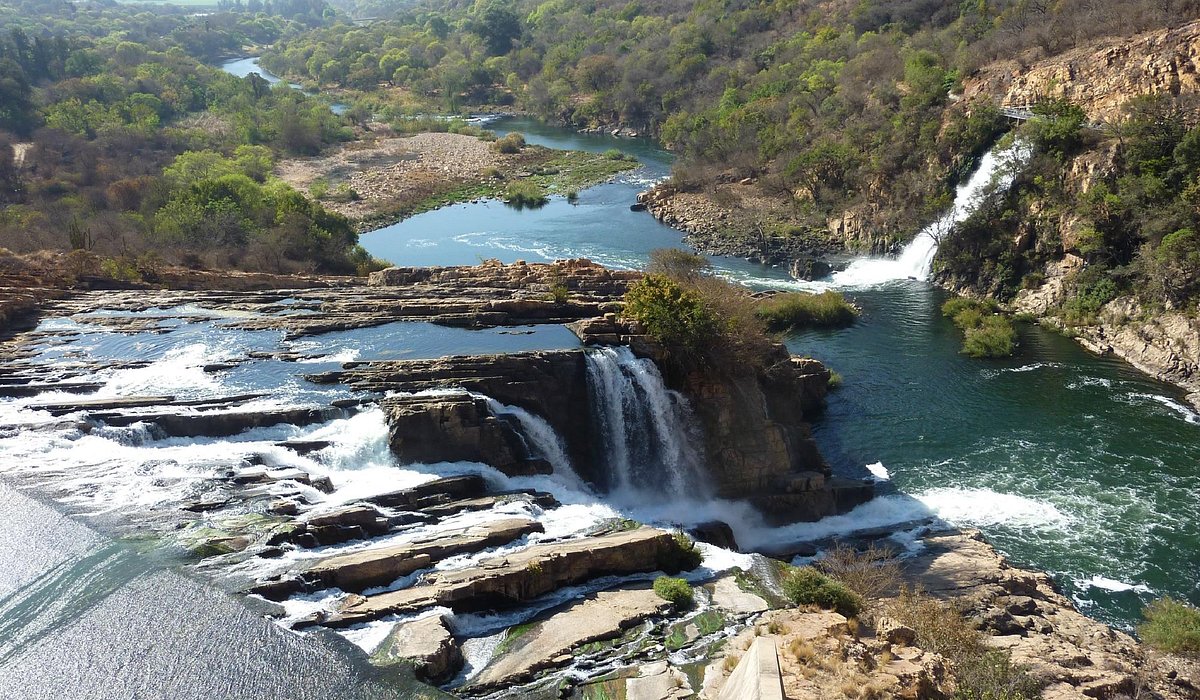Johannesburg North Attractions Fundamentals Explained
Johannesburg North Attractions Fundamentals Explained
Blog Article
Some Known Facts About Johannesburg North Attractions.
Table of ContentsOur Johannesburg North Attractions IdeasJohannesburg North Attractions Can Be Fun For AnyoneJohannesburg North Attractions Things To Know Before You Get ThisThe Basic Principles Of Johannesburg North Attractions Our Johannesburg North Attractions DiariesAll about Johannesburg North Attractions
The city grew on the edge of the Witwatersrand Main Coral reef, a subterranean stratum of gold-bearing quartz-silica empire that arcs for hundreds of miles under the Highveld - Johannesburg North attractions. Many of the gold mines in the city stopped procedure in the 1970s, yet in its day the Witwatersrand gold industry accounted for even more than 40 percent of the globe's annual gold production.Johannesburg has a pleasant environment. The city enjoys about 8 hours of sunlight per day in both winter season and summer.
What rainfall the city receives drops almost specifically in the summer season months, commonly in stunning late-afternoon electric storms., where lots of residents still count on coal for gas.

Unknown Facts About Johannesburg North Attractions
The balance of the city is occupied by whites. Accommodation differs in character and high quality.
Physical growth, although rather restricted by transportation, continued promptly as migration to South Africa, and Johannesburg specifically, boosted dramatically. This problem was resolved in the 1930s when the automobile was introduced in automation to South Africa. Autos were, for the a lot of component, confined to the rich, and permitted them to transfer to the north of the city and commute into the centre.
Many bad residential areas were mixed, with bad blacks and whites living with each other, although the wealthy suburban areas were usually reserved for whites. This changed with the election of the National Party in the 1948 elections, that started to formalise the system referred to as racism. Apartheid officially marked which residential areas each race can reside in under the Group Areas Act.
The previous system of eleven numbered areas was reorganised in 2006. Marshalltown, as seen from the top of the Carlton Centre. The M1 and M2 run behind the buildings, and the southerly suburban areas extend past the highway border. The inner city of Johannesburg is located within the city's Region F. The estimated population of the region is 200,000, [] The number of individuals living in the inner city on an informal basis is unknown, as several are prohibited immigrants. A lot of higher-income homeowners and white individuals have actually relocated to the north suburbs and have been replaced by lower-income black individuals. The joblessness, education, and age accounts of the area are all unknown, due to the difficulty of getting trustworthy details concerning the location.
Not known Facts About Johannesburg North Attractions
Centred on the CBD, the region consists of the suburbs of Yeoville, Bellevue, Troyeville, Jeppestown, and Berea to the eastern. To the west it spreads out to Pageview (Johannesburg North attractions) and Fordsburg. There are small industrial parks to the south, such as City West-Denver and Benrose. Around 800,000 commuters go through the central city on a daily basis, and it works as a regional shopping node for site visitors from the southern suburban areas. Yeoville and Bellevue have a mix of apartment structures and single domestic units on tiny lots. Extra resources The region is located on a mountainous divide that runs from eastern to west.

The Buzz on Johannesburg North Attractions
The eastern residential areas are some of the oldest locations of Johannesburg, there are big communities of Jewish and various other European backgrounds, the bulk of the population is English speaking. There are 3 golf training courses as well as a number of safeguarded ridges with viewsites.
The location is mainly composed of old "matchbox" homes, or four-room houses developed by the federal government, that were constructed to give cheap holiday accommodation for black employees throughout apartheid. Soweto is an acronym, representing "South Western Townships". Road after street in this area is lined with matchboxes; nevertheless, there are a few smaller areas where flourishing Sowetans have built houses that are much more comparable in stature with those in more affluent residential areas.
Hostels are an additional noticeable physical function of Soweto. Originally constructed to house male migrant employees, many have actually been boosted as homes for pairs and households. The N1 Western Bypass skirts the eastern border of Soweto. The suburban area was not traditionally enabled to produce work centres within the area, so nearly all of its homeowners are commuters to other parts of the city.
4 Easy Facts About Johannesburg North Attractions Explained
The household areas in the north suburbs are mostly formal, with no substantial areas of casual housing, or real estate that does not have a long-term framework. This is a well established area, there is a trend of land use modification from household to industrial, specifically along primary arterial roadways and around recognized nodes.
The location is well connected to road networks, specifically along the north-south axis formed by the M1 and N1. Roadways to the eastern and west are less well created, as there are no highways travelling in that instructions. In the direction of the northern border of the city, click the thickness of growth decreases, see this leaving big locations of untaught land around Midrand.
7 Easy Facts About Johannesburg North Attractions Shown
, which is situated on a hillside neglecting the inner city and Hillbrow.
Report this page